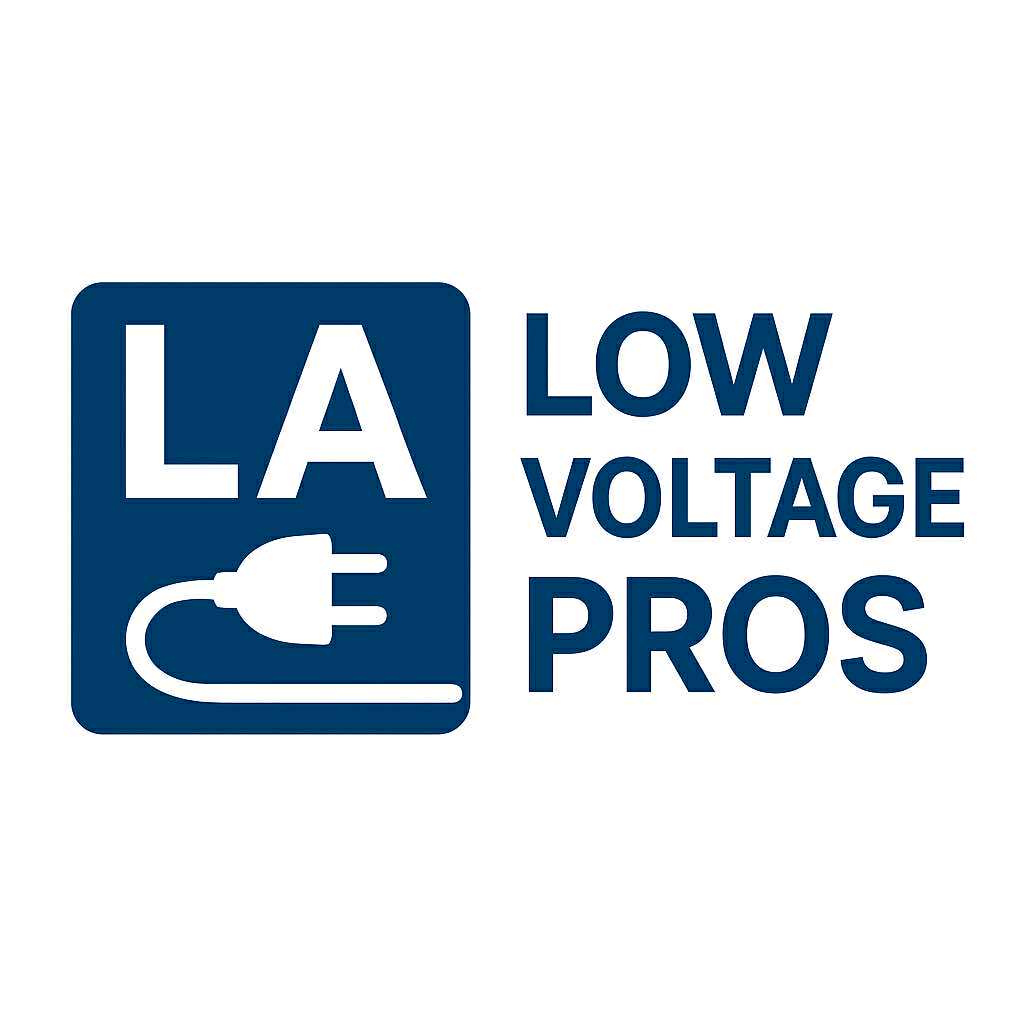Low Voltage Cabling for Offices in Los Angeles: Complete Guide
In today’s fast-paced business environment, reliable and efficient communication networks are critical for office productivity. Low voltage cabling is the backbone of modern office infrastructure, enabling everything from data transfer to security systems. In Los Angeles, where businesses range from small startups to large corporations, understanding low voltage cabling options and best practices is essential for maintaining a smooth operation.
What Is Low Voltage Cabling?
Low voltage cabling refers to wiring systems that carry low-voltage electrical signals, typically under 50 volts. These cables are not used for powering heavy electrical equipment but for communication, networking, and control systems. Common applications include:
- Data Networks: Structured cabling systems for internet, local area networks, and server connections.
- Telephone Systems: Wiring for traditional and VoIP phone setups.
- Security Systems: CCTV cameras, access control systems, and alarm systems.
- Audio/Visual Systems: Intercoms, public announcement systems, and conference room setups.
- Automation Systems: Smart lighting, HVAC controls, and other building automation systems.
Low voltage cabling differs from standard electrical wiring because it prioritizes signal integrity, minimal interference, and scalability rather than delivering high power.
Benefits of Low Voltage Cabling in Offices
Implementing low voltage cabling in Los Angeles offices comes with several advantages:
- Improved Network Reliability
High-quality low voltage cabling ensures consistent data transmission, reducing network downtime and supporting smooth communication. - Scalability for Growth
Structured cabling allows businesses to expand their networks without replacing the entire system, saving time and money as companies grow. - Enhanced Safety
Low voltage systems reduce the risk of electrical hazards, making them safer for employees and equipment. - Cost Efficiency
Although initial installation requires investment, low voltage cabling reduces long-term maintenance costs and enhances operational efficiency. - Support for Modern Technologies
From high-speed internet to smart office systems, low voltage cabling provides the infrastructure needed for advanced technologies.
Types of Low Voltage Cables
Several types of low voltage cables are commonly used in office environments:
- Twisted Pair Cable (Cat5e, Cat6, Cat6a, Cat7): Used for data networks and internet connectivity.
- Coaxial Cable: Often used for CCTV and certain TV systems.
- Fiber Optic Cable: Provides high-speed data transmission over long distances with minimal signal loss.
- Speaker and Audio Cables: Designed for audio systems and intercoms.
- Control Cables: Used for building automation and alarm systems.
Each cable type serves a specific purpose, and selecting the right combination ensures optimal performance and longevity.
Installation Best Practices for Offices
Proper installation is essential to maximize the efficiency and lifespan of low voltage cabling:
- Planning and Design: Map out cable routes, considering distance limitations and potential interference sources.
- Labeling: Clearly label all cables and connections for easy maintenance and troubleshooting.
- Separation from Power Lines: Keep low voltage cables away from high-voltage electrical wiring to avoid interference.
- Testing: Conduct thorough testing of network connections, audio/visual systems, and security wiring before finalizing the installation.
- Documentation: Maintain detailed diagrams and records of the cabling layout for future upgrades or repairs.
Following these best practices ensures reliable operation and reduces the risk of future issues.
Common Challenges in Low Voltage Cabling
While low voltage cabling is essential for modern offices, certain challenges can arise:
- Signal Interference: Electrical devices and poor routing can cause network interruptions.
- Improper Installation: Incorrect termination or cable handling can damage cables and degrade performance.
- Capacity Limitations: Outdated cabling may not support higher speeds or advanced systems.
- Maintenance Issues: Without proper documentation and labeling, troubleshooting can be time-consuming.
Addressing these challenges early in the planning phase can prevent costly problems later.
How Low Voltage Cabling Supports Office Growth in Los Angeles
In a city like Los Angeles, where business environments are diverse and competitive, low voltage cabling plays a key role in office expansion. Scalable cabling systems allow companies to add new workstations, upgrade internet speeds, or integrate new technologies without major disruptions. Additionally, well-planned cabling supports remote work solutions, video conferencing, and cloud-based applications that are increasingly essential for modern workplaces.
FAQs About Low Voltage Cabling in Offices
Conclusion
Low voltage cabling is the backbone of modern office infrastructure, supporting everything from networking to security systems. For businesses in Los Angeles, investing in quality cabling ensures reliable operations, scalability, and the ability to adopt new technologies efficiently. By understanding the types of cables, installation best practices, and potential challenges, office managers and business owners can create an infrastructure that supports both current needs and future growth. Proper planning and professional installation make all the difference in maintaining a productive, connected, and secure office environment.
